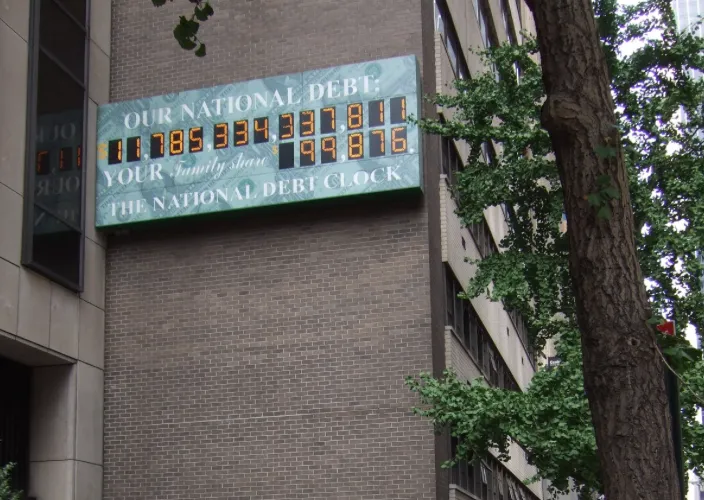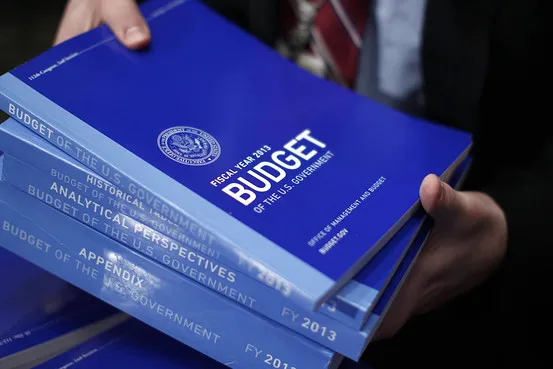Table of Contents
[T]he biggest fire sale in equity, ever.
That comes in stark contrast to the analysis of Stanford Management’s CEO John Powers, who, in an interview with the Review‘s own Rubi Ancajas, said:
This isn’t a garage sale. We’re not selling out of distress or panic, we’re just exploring a sale.
This also brings up the question of the $1 billion loan it took out back in April. It says it hasn’t touched the funds. So why the need to sell these assets at a loss (illiquid or not, they will presumably recover in value over time)? To answer this question, there are two hints out there: one is the fact that the assets that Stanford would be selling would be in deals that “require future capital commitments.” Thus, even selling for a loss there might save Stanford from future problems if it meant that it could preserve scare money in the near future. The second is the fact that Stanford is spending over $3 billion dollars per year (not including all the construction, it spent $3.8 billion in FY 2008-2009), so having a completely liquid $1 billion safety pad may not actually be such a bad idea, if it ever does come down to “keeping the lights on for students.” See Rubi’s upcoming article for more details!






